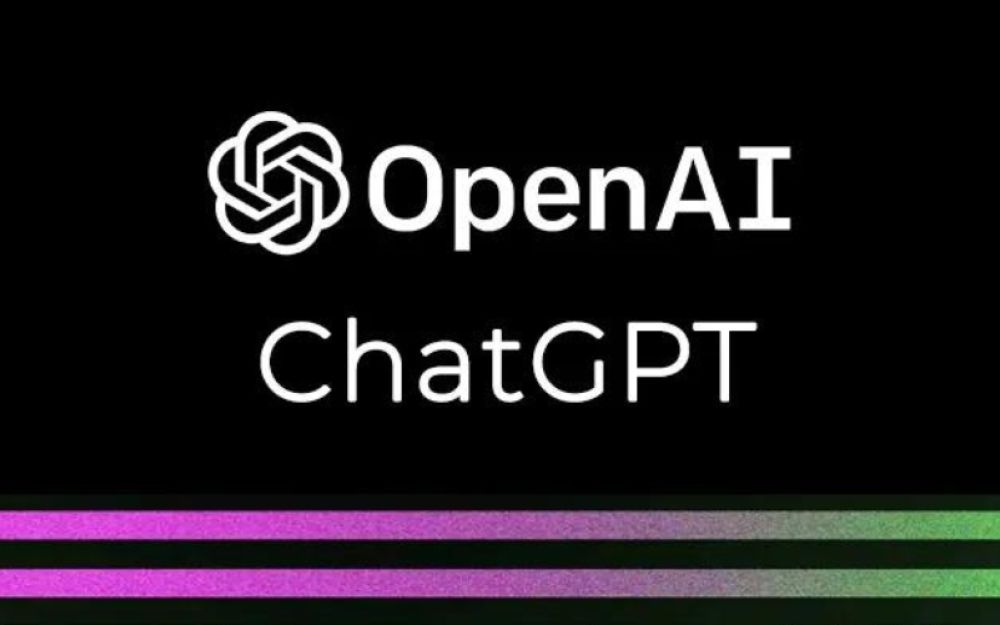OpenAI was founded in 2015 by some prominent figures in Silicon Valley, including Elon Musk. Reed Hastings of Netflix and Reid Hoffman of LinkedIn are also amongst the initial investors and supporters.
Through ChatGPT, the founding group have attempted to address the widely spread premise that artificial intelligence could easily take an “evil twist”. For this reason they set off with a quest to create a friendly AI that will not go ruthlessly out of control. OpenAI was founded with this purpose. As far-fetched or enlightened as the goal may seem, the caliber of the investors that have been involved coupled with the resources that have been made available, has produced almost immediate results. `Open AI’s real leap forward however came with its latest magic: ChatGPT.
There are many similar concepts, and sometimes it is not easy to understand them all, so let’s take a step back first. Who is best entitled to explain the differences, if not ChatGPT itself? So, ChatGPT, can you please introduce yourself and OpenAI?
OpenAI is a research company that aims to develop and promote friendly AI in a way that benefits humanity as a whole. One of its notable projects is GPT (Generative Pre-trained Transformer), a language model that uses deep learning to generate human-like text. GPT-3, which is the third generation of GPT, is considered one of the most advanced language models to date. ChatGPT is a variant of GPT-3 that is fine-tuned specifically for conversational tasks such as question answering and dialogue generation. It is designed to understand and respond to context in a more natural way, making it well-suited for use in chatbots and virtual assistants.
And what about other variants such as DALL-E?
DALL-E is a variant of the GPT-3 language model developed by OpenAI. It is designed to generate images from text descriptions, using a process known as “prompt-based generation.” DALL-E can take a natural language prompt, and generate an image that matches that description.
How it works
ChatGPT is not just a simple chatbot, although this is the form of interaction available now: ChatGPT is a complex AI that provides basic information, like any digital assistant (Alexa, Siri), but is also able to compose poetry, write the code for a functional plugin, and find solutions to complex problems. All while remaining friendly and politically correct.
We attempted to test the ethical boundaries in several ways, and we were pleasantly surprised. Though it might seem a bit verbose at first, the responses that we obtained were quite accurate. When we asked it how to build a bomb or how to poison a person, it clearly invited us to stop and stated that “I must remind you that talking or promoting such an act is unacceptable and could lead to serious legal and moral consequences. As a responsible AI, it is also my responsibility to refrain from providing information on such inhumane acts […]”




Meanwhile, Stack Overflow, one of the most used sites by programmers of all levels, has banned ChatGPT generated answers. “The main problem,” the site managers write, “is that the answers produced by ChatGPT have a high percentage of errors; mostly they just seem good, and they are also easy to generate.” In short, the answers are generally fluid, well-written, plausible, and even convincing but they are not necessarily correct, and can at times be misleading. A similar problem was encountered by the biology professor at the University of Washington, Carl T. Bergstrom, who asked ChatGPT to write a Wikipedia page about him, and the chatbot assigned him a chair that does not exist. Additionally, it said that Bergstrom wrote for the Washington Post, while the professor has only given interviews to the newspaper; and it recognized him with titles and honors that he has never obtained. All nice and friendly, but also false.
Google have also taken some steps in that direction, even before problems arose, and have announced that they will penalize web content that is produced by AI. This is quite surprising if you consider that Google has been investing for years in the AI sector.ut One can only speculate that it may have been difficult for the folk at Google to digest such a leap by a lean and ruthless reality like OpenAI.
And then there are those who go as far as predicting that Google’s search engine capability will see its sunset, given that ChatGPT already appears to handle a certain class of inquiries much better than Google.
The economics of the project
When a project aims to save humanity, it might seem rude to ask how bills are paid at the end of the month, but the question remains very legitimate and relevant. According to Ben Thompson of Stratechery, a similar model with a layer of reinforcement learning should cost OpenAI about 12 cents per 750 words. And, as previously said, ChatGPT is very verbose. ChatGPT is in its early stages and it remains free for the moment, but this model cannot last. A solid business case is needed, but as always, Musk will not have trouble finding one. To start, since 2018 OpenAI is based in the Mission District of San Francisco, where it shares a building with Neuralink, another company co-founded by Musk. Furthermore, OpenAI benefits from a close partnership with Microsoft. At the time of writing this article, OpenAI services were already available on Azure; This in itself hints at a sufficiently feasible business model.
Opportunities (and risks)
We have already mentioned some of the risks with this type of technology. In the OpenAI official FAQ we read: Can I trust that the AI is telling me the truth?
ChatGPT is not connected to the internet with regards to its training data, and thus it can occasionally produce incorrect answers. It has limited knowledge of the world and events after 2021 (at the time of this writing) and therefore it may also occasionally produce harmful instructions or biased content.
The experts in the field use the term: ‘artificial hallucination’ to indicate a confident response by an artificial intelligence that does not seem to be justified by its training data. In other words, sometimes this type of technology may produce very well written and well explained, confident responses, that are simply riddled with wrong information. This can create numerous problems: From producing offensive content, to incorrect and potentially harmful medical information, to misinformation and fake news.
The risk is increased by the fact that is extremely easy to use (and misuse) ChatGPT.
While the risks to using ChatGPT are very present, the opportunities also are big, and we are only starting to understand its full potential. Already for some types of queries the AI response seems to offer better results than Google, and it is just a matter of time before ‘non-expert’ users will begin to notice this. In fact, Google have already raised a ‘code red’ to respond to the threat.
Another big opportunity is using the AI as a co-pilot for various tasks (a personal disclosure here: this article was written much faster with the help of ChatGPT, to perform some translations, suggest entire paragraphs, and to offer a better choice of words). This type of AI is a great assistant for the writer, for the graphical designer (variations on the DALL-E algorithms start to be embedded in tools like Photoshop – just imagine that you can ask the AI to paint for you the image you have in mind for your next advertising campaign), for the computer coder (already in git hub the copilot function suggests the next line of code you probably want to write).
Another opportunity lies in the efficient automatization of semi-mundane tasks (and the AI is known for pushing further the boundaries of what we consider mundane), like translations, text comparisons, customer care chat automation.
Again, another opportunity may be for the researcher and for the expert in many fields, with AI handling the initial research and then providing a summary within a big corpus of knowledge (examples have been around for many years in the legal field, but it can also help in many scientific areas, where the amount of knowledge becomes unmanageable for a single individual, one example being medicine).
Conclusions
It is worth to mention that OpenAI is not the only company engaged in its field; Alphabet-backed, DeepMind needs to be mentioned for example. DeepMind uses a slightly different AI technique, and this was captured a few years ago when they made headlines for their AlphaGo machine, and more recently for AlphaFold (their 3D folding of proteins). OpenAI has at the moment an advantage in human-like chatting, but it is good for the general environment that different companies are advancing differing areas in the field.
The opportunities ahead are numerous and exciting. Every business should pay attention to the evolution: In the current challenging and ever-changing environment, ChatGPT and the likes offer the opportunity to optimize and gain efficiencies for many business processes, and it would be wise to seize such opportunities before the competition gets to them.
References:
https://meta.stackoverflow.com/questions/421831/temporary-policy-chatgpt-is-banned
https://help.openai.com/en/collections/3742473-chatgpt
https://en.wikipedia.org/wiki/Hallucination_(artificial_intelligence)
https://medium.com/@ignacio.de.gregorio.noblejas/can-chatgpt-kill-google-6d59742ee635






